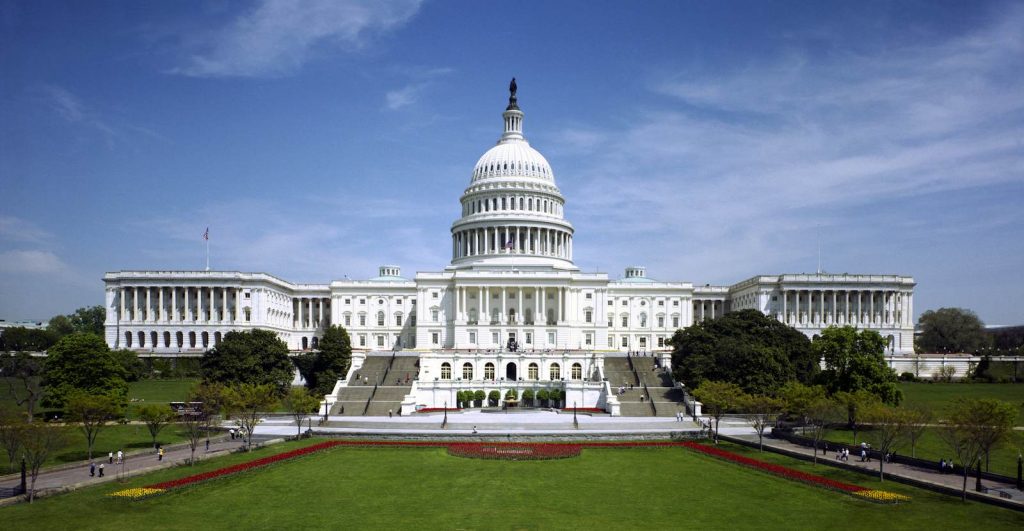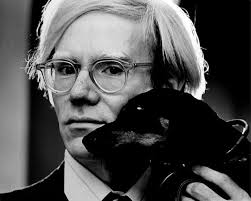Government Grants
Business Grants
Home Owner Programs
Federal Programs
About Us
Small Grants to Libraries - Lincoln: The Constitution and the Civil War
The Small Grants to Libraries program brings humanities public programming to libraries across the country.
?Lincoln:
The Constitution and the Civil War? is a collaboration between the National Endowment for the Humanities, the National Constitution Center (NCC) and the American Library Association (ALA).
The exhibition is based upon an original NCC-developed interactive exhibition of the same name, which will be reformatted into a traveling exhibition for libraries.
The traveling exhibition and tour are funded by a major grant from the National Endowment for the Humanities (NEH) to the National Constitution Center.
This funding opportunity offers successful applicants a $2,500 grant from NEH for exhibition-related expenses and for exhibition programming.
?Lincoln:
The Constitution and the Civil War? has been designated as part of NEH?s We the People program, exploring significant events and themes in our nation?s history and culture and advancing knowledge of the principles that define America.
Using the Constitution as the cohesive thread, ?Lincoln:
The Constitution and the Civil War? offers a fresh and innovative perspective on Lincoln that focuses on his struggle to meet the political and constitutional challenges of the Civil War.
Organized thematically, the exhibition explores how Lincoln used the Constitution to confront three intertwined crises of the war?the secession of Southern states, slavery, and wartime civil liberties.
Visitors will leave the exhibition with a more complete understanding of Abraham Lincoln as president and the Civil War as the nation?s gravest constitutional crisis.
While Lincoln is widely acknowledged as one of America?s greatest presidents, his historical reputation is contested.
This exhibition introduces visitors to a Lincoln they may not know:
a controversial president denounced in his own time as a ?tyrant? for his policies on emancipation and civil liberties, and a historical figure who still stirs debate.
Was he a calculating politician willing to accommodate slavery, or a principled leader justly celebrated as the Great Emancipator?
The exhibition poses no easy answers to these questions.
Rather, it encourages visitors to formulate a nuanced view of Lincoln by engaging them with Lincoln?s struggle to reconcile his policy preferences with basic American ideals of liberty and equality.
Exhibition content is presented in ways that encourage learning.
Questions are posed and visitors are given the tools to answer them.
In the Civil Liberties section, for example, visitors experience the dilemma Lincoln faced between guaranteeing national security and preserving individual liberty.
After reading actual stories of individuals arrested during the Civil War, visitors are invited to decide whether the arrests were justified?or whether the detainees should have been ?turned loose.? Throughout the exhibition, visitors are also encouraged to draw connections between Lincoln?s time and our own.
In the introductory section, for example, the exhibition foreshadows the big questions about nationhood, equality, and civil liberties raised in the rest of the exhibition, and it invites visitors to think about them in contemporary terms.
Because Lincoln was one of our most eloquent presidents, the exhibition features his own words as much as possible?most movingly, in the concluding section of the exhibition, where visitors will encounter the Gettysburg Address in an evocative graphic format that links past and present.
Reproductions of significant documents signed by Lincoln, including the Emancipation Proclamation, the Thirteenth Amendment, and the Order to Blockade the Southern Ports?the official start of the Civil War?add richness and depth to this presentation.
Visual reproductions of personal artifacts?such as Lincoln?s signature top hat and the pen used to sign the Emancipation Proclamation?will recreate Lincoln?s material world.
Finally, visitors will be asked to consider if Americans have lived up to the ideals Lincoln fought for?equality, freedom, democracy?and will have an opportunity to provide their own views.
The exhibition will travel to libraries from mid-2009 through 201 1.
?Lincoln:
The Constitution and the Civil War? is a collaboration between the National Endowment for the Humanities, the National Constitution Center (NCC) and the American Library Association (ALA).
The exhibition is based upon an original NCC-developed interactive exhibition of the same name, which will be reformatted into a traveling exhibition for libraries.
The traveling exhibition and tour are funded by a major grant from the National Endowment for the Humanities (NEH) to the National Constitution Center.
This funding opportunity offers successful applicants a $2,500 grant from NEH for exhibition-related expenses and for exhibition programming.
?Lincoln:
The Constitution and the Civil War? has been designated as part of NEH?s We the People program, exploring significant events and themes in our nation?s history and culture and advancing knowledge of the principles that define America.
Using the Constitution as the cohesive thread, ?Lincoln:
The Constitution and the Civil War? offers a fresh and innovative perspective on Lincoln that focuses on his struggle to meet the political and constitutional challenges of the Civil War.
Organized thematically, the exhibition explores how Lincoln used the Constitution to confront three intertwined crises of the war?the secession of Southern states, slavery, and wartime civil liberties.
Visitors will leave the exhibition with a more complete understanding of Abraham Lincoln as president and the Civil War as the nation?s gravest constitutional crisis.
While Lincoln is widely acknowledged as one of America?s greatest presidents, his historical reputation is contested.
This exhibition introduces visitors to a Lincoln they may not know:
a controversial president denounced in his own time as a ?tyrant? for his policies on emancipation and civil liberties, and a historical figure who still stirs debate.
Was he a calculating politician willing to accommodate slavery, or a principled leader justly celebrated as the Great Emancipator?
The exhibition poses no easy answers to these questions.
Rather, it encourages visitors to formulate a nuanced view of Lincoln by engaging them with Lincoln?s struggle to reconcile his policy preferences with basic American ideals of liberty and equality.
Exhibition content is presented in ways that encourage learning.
Questions are posed and visitors are given the tools to answer them.
In the Civil Liberties section, for example, visitors experience the dilemma Lincoln faced between guaranteeing national security and preserving individual liberty.
After reading actual stories of individuals arrested during the Civil War, visitors are invited to decide whether the arrests were justified?or whether the detainees should have been ?turned loose.? Throughout the exhibition, visitors are also encouraged to draw connections between Lincoln?s time and our own.
In the introductory section, for example, the exhibition foreshadows the big questions about nationhood, equality, and civil liberties raised in the rest of the exhibition, and it invites visitors to think about them in contemporary terms.
Because Lincoln was one of our most eloquent presidents, the exhibition features his own words as much as possible?most movingly, in the concluding section of the exhibition, where visitors will encounter the Gettysburg Address in an evocative graphic format that links past and present.
Reproductions of significant documents signed by Lincoln, including the Emancipation Proclamation, the Thirteenth Amendment, and the Order to Blockade the Southern Ports?the official start of the Civil War?add richness and depth to this presentation.
Visual reproductions of personal artifacts?such as Lincoln?s signature top hat and the pen used to sign the Emancipation Proclamation?will recreate Lincoln?s material world.
Finally, visitors will be asked to consider if Americans have lived up to the ideals Lincoln fought for?equality, freedom, democracy?and will have an opportunity to provide their own views.
The exhibition will travel to libraries from mid-2009 through 201 1.
Obtain Full Opportunity Text:
http://www.neh.gov/grants/guidelines/SGL_Lincoln.html
Additional Information of Eligibility:
Not Available
Full Opportunity Web Address:
http://www.neh.gov/grants/guidelines/SGL_Lincoln.html
Contact:
Division of Public Programs National Endowment for the Humanities Room 426 1100 Pennsylvania Avenue, NW Washington, D.C. 20506 202-606-8269
Agency Email Description:
publicpgms@neh.gov
Agency Email:
publicpgms@neh.gov
Date Posted:
2008-11-03
Application Due Date:
2009-01-30
Archive Date:
2009-03-01
Social Entrepreneurship
Spotlight
The U.S. Government on Cultivating Impact Investing And Social Enterprise

According to a Private Capital, Public Good report recently released at the White House from a group of A-list impact investing and social enterprise specialists, the U.S. government can do a lot to spur the growth among the impact investing and social enterprise sectors.

